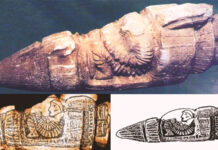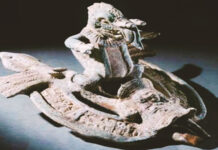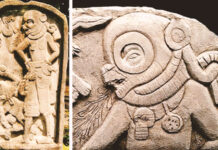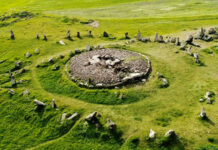Gobekli Tepe is situated in the region of ancient Mesopotamia, now southeastern Turkey, on top of an ancient hill and discovered by archaeologists from istanbul university and the University of Chicago during an archaeological survey in 1963, but found that the site was just an ancient medieval cemetery.
No one realized the true meaning of its existence until 1994, when archaeologist and pre-historian Klaus Schmidt of the German Archaeological Institute was looking for a new site to dig and, reviewing the area’s archaeological reports, found a brief description of Gobekli Tepe made by Chicago researchers in 1963 and decided to reexamine the site.
The following year, excavation began in collaboration with the Sanliurfa Museum of Turkey and soon unearthed the first of the huge T-shaped pillars and this was just the beginning of one of today’s greatest historical mysteries.
Carbon dating has estimated that the site is around 12,000 years old, which refers to the final period of the Ice Age, long prior to writing and using metal and wheel tools, but the accuracy used during construction is completely intriguing.

The site was used by an unknown precivilization for 3,000 years and then buried and abandoned 9,000 years ago for reasons that, even today, remain a mystery.
However, a surprising factor is the way the temples have been grounded, protecting the structures that make up the site and leaving them incredibly well preserved.
So far, only 5% of this magnificent site has been excavated and archaeologists plan to leave much of this archaeological site untouched to be explored by future generations when archaeological techniques have advanced.
The Oldest Temple in Human History
Gobekli Tepe is a complex composed of many temples and some archaeologists hypothesized that the site may have functioned as a spiritual center during its time, the first in the world to be built by man.
The buildings, made with gigantic stones, form circular rings with pillars composed of two T-shaped stones, up to 6 meters high and adorned with different types of animals such as bulls, snakes, lizards, birds, foxes and lions.
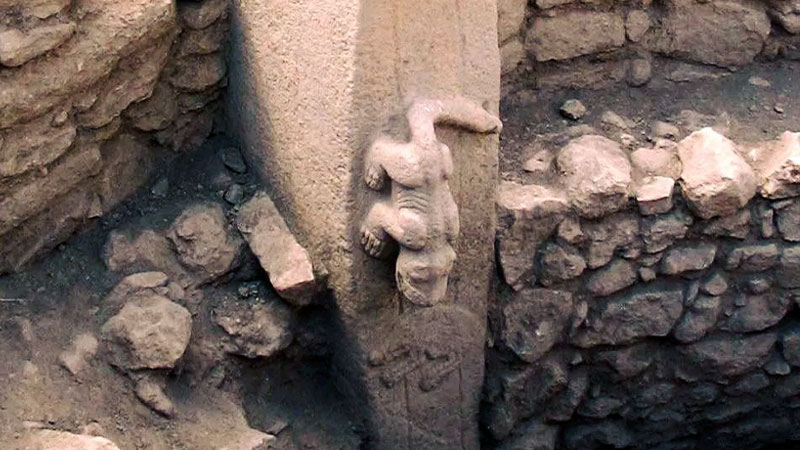
To date, almost 200 pillars have been found in the excavations and the most surprising is that these pillars weigh between 20 and 60 tons each, causing speculation about how it was possible for prehistoric men to have built such a structure, when the basic tools had not yet been invented.
According to traditional archaeology, the people of that time were considered hunters/gatherers, primitive and unsophisticated, who used tools made of chipped stone and did not even possess a basic technology, essential for the construction of something on this scale.
The importance of Gobekli Tepe lies in the fact that the people who lived there were much more advanced than imagined and this great archaeological discovery has the power to shake our conventional understanding of human civilization.
The difficulty, quality and skill in the construction of Gobekli Tepe are far ahead of its time, being a project of enormous proportions, which would require an extreme effort even for our modern standards of technology.
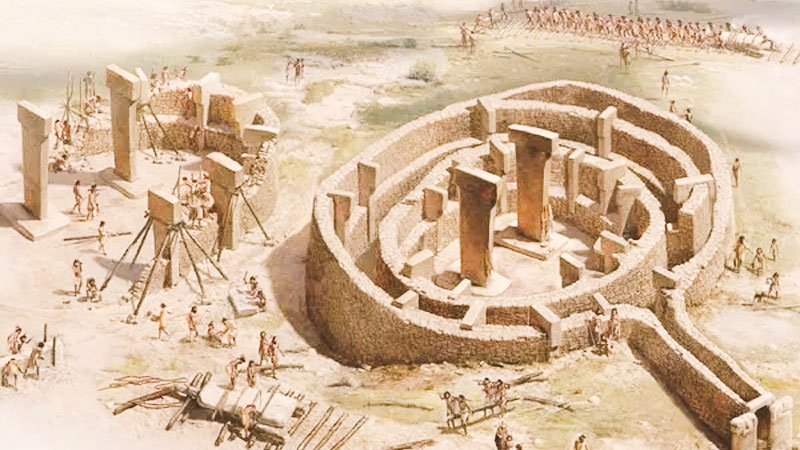
At this point, ancient astronaut theorists present the theory that beings from other planets could have empowered and helped humanity, in these ancient times, to create such impressive structures, not only in Turkey, but in many other places around the world.
The problem is not in the existence of the monuments of Gobekli Tepe, in fact, the problem lies in what we lost, our Lost History and, if we look back in time, we will discover that there are thousands of mysterious events that happened in only a small fraction of human history.
The Mesopotamian civilization, composed of the Sumeans, first made use of writing just 5,500 years ago, while anatomically modern Homo Sapiens has existed for about 200,000 years.
Therefore, of 200,000 years of human history, 194,500 years are not documented, which means that approximately 97% of our history is lost and Gobekli Tepe exemplifies a small but truly valuable part of this Lost History of Humanity.


